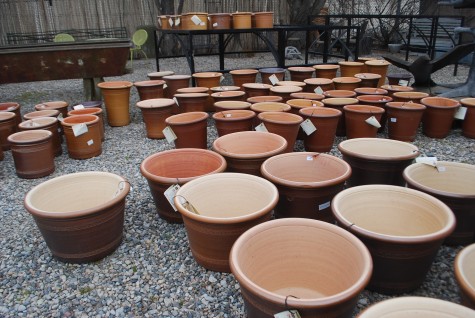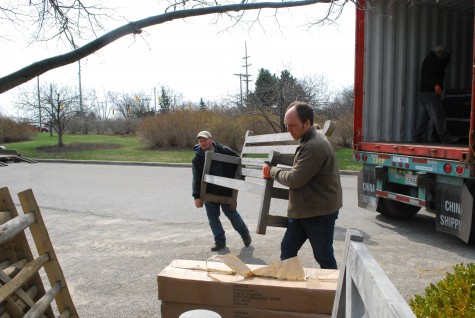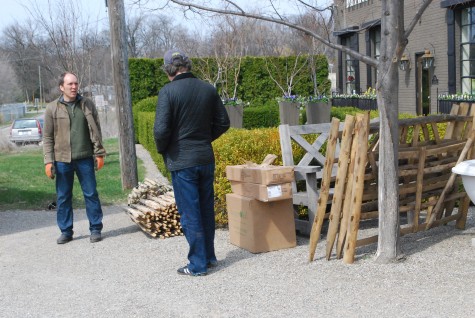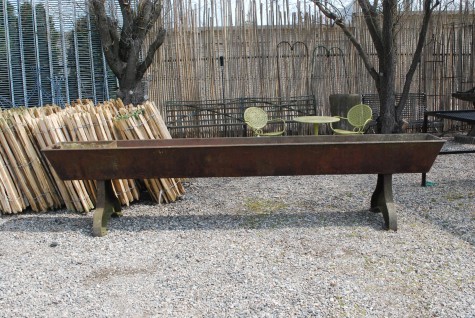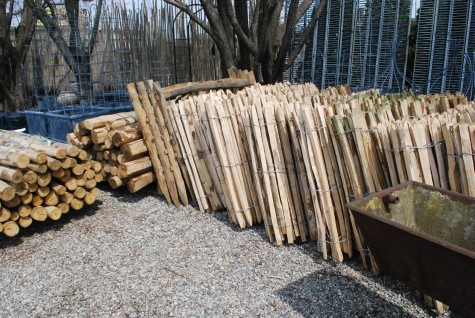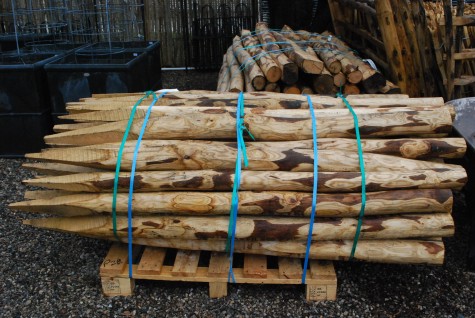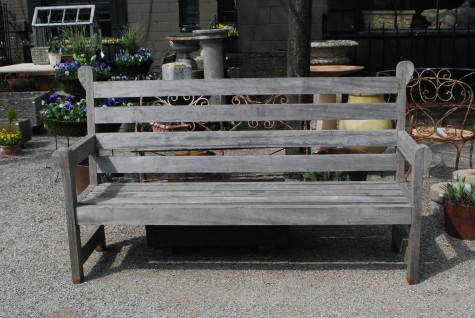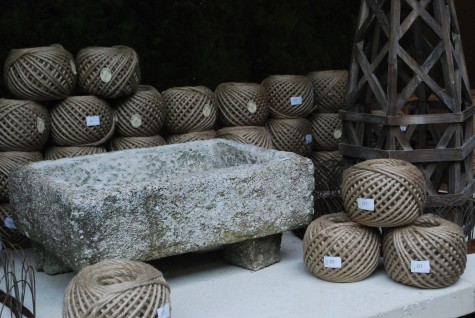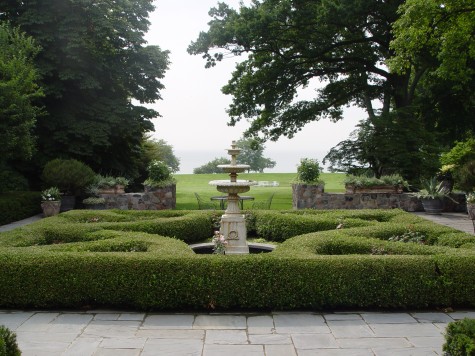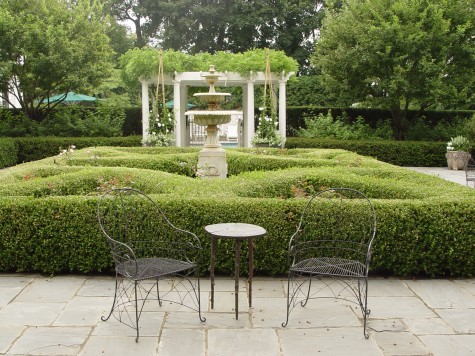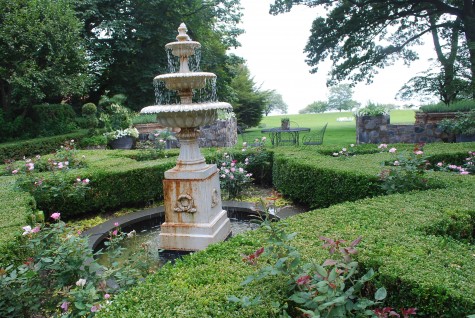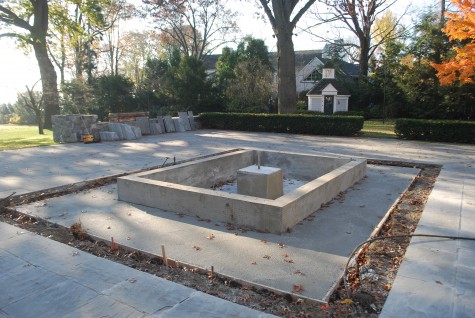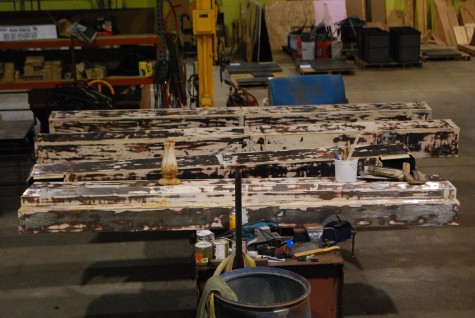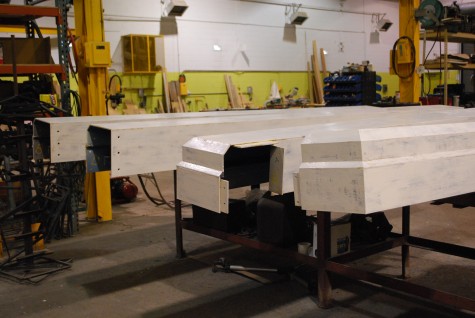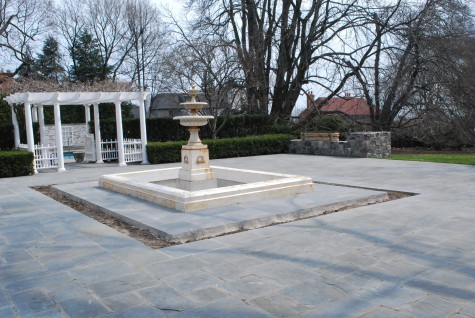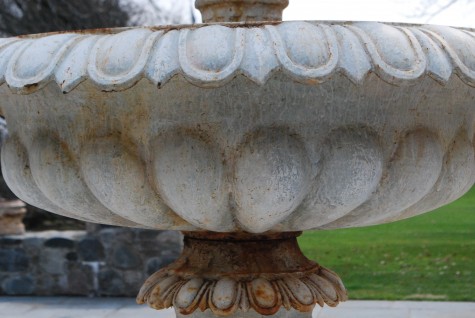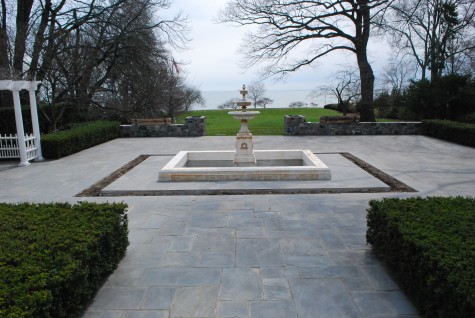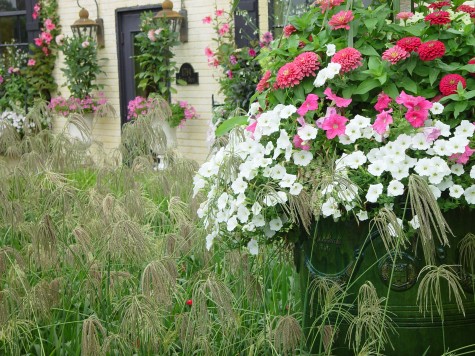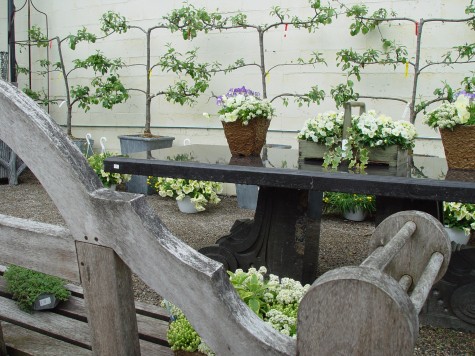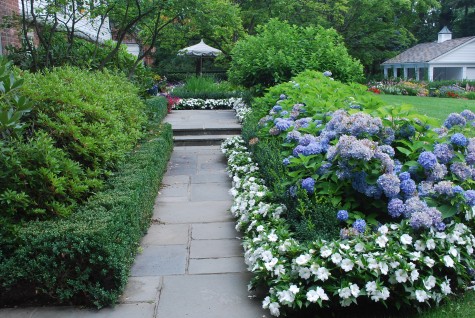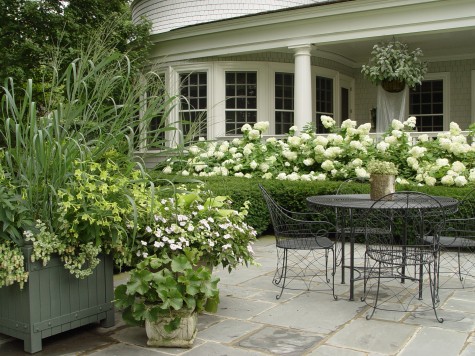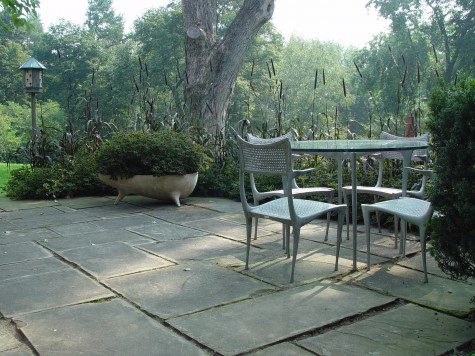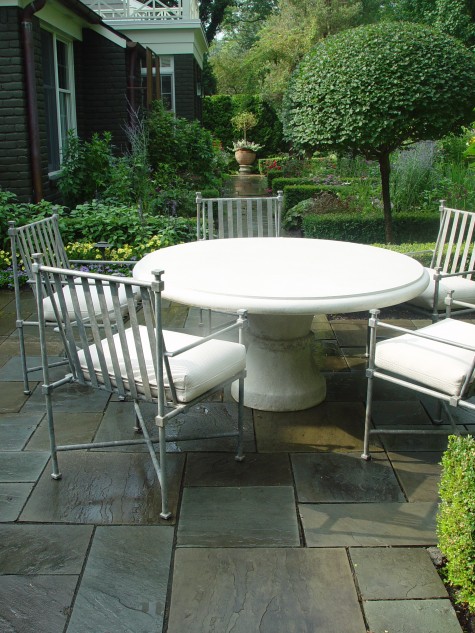I am awash in English salt glazed garden pots, hand made at Errington Reay & Co in England. The pleasure is all mine; I am delighted with them. Rob has been interested in this pottery for a few years. This past fall, a shopping trip to England made for an opportunity to purchase them. They are beautifully varied in shape, texture and color. They have a very English look about them. What do I mean by this? To my mind, English garden pots are as much about utility and serviceabillty as they are about aesthetics. These pots are thick and heavy; I am sure they will withstand the perils faced by any object left outdoors. No matter the shape, they all have plenty of space for plants. They are sensibly roomy.
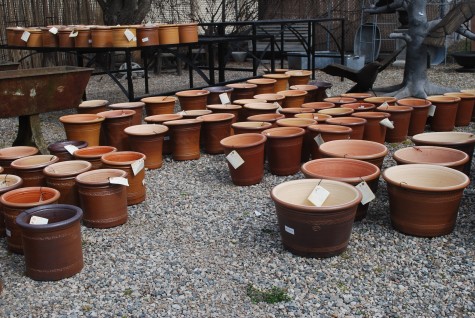 Some pots are shaped like crocks, others like mixing bowls. The shapes are simple enough to invite any number of uses. They are all asking to be put to use. There is a quiet beauty to this. Each pot is hand made; this is evident. All of the pots have a salt glaze finish.
Some pots are shaped like crocks, others like mixing bowls. The shapes are simple enough to invite any number of uses. They are all asking to be put to use. There is a quiet beauty to this. Each pot is hand made; this is evident. All of the pots have a salt glaze finish.
 �
�
Salt glazed pots date back to the 18th century in England. Doulton-Lambeth, which later became known as Royal Doulton, manufactured lots of salt glazed pots and sanitary ware. In the 1830’s and 1840’s, salt glazed sewer pipes helped provide better sanitary conditions in urban areas. At the hottest moment of the firing, common salt is thrown into the kiln. The sodium in the salt reacts with the silica in the clay, to form a glossy coating of sodium silicate. This results in a a subtle texture that resembles that of an orange peel.
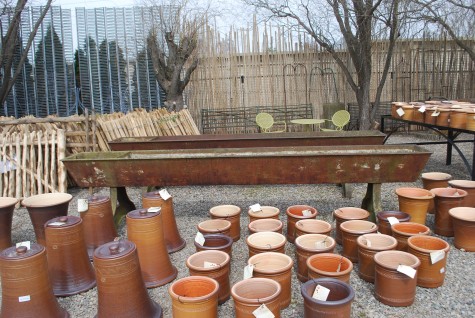 Some salt glaze is colorless, or quite purplish in color given the presence of manganese in the glaze. We have had French salt glazed pots on occasion from the Poterie at Noron. These pots are various shades of brown given the iron oxide in the glaze. No two pots are exactly ther same. Rob thinks they have the look of freshly baked bread.
Some salt glaze is colorless, or quite purplish in color given the presence of manganese in the glaze. We have had French salt glazed pots on occasion from the Poterie at Noron. These pots are various shades of brown given the iron oxide in the glaze. No two pots are exactly ther same. Rob thinks they have the look of freshly baked bread.
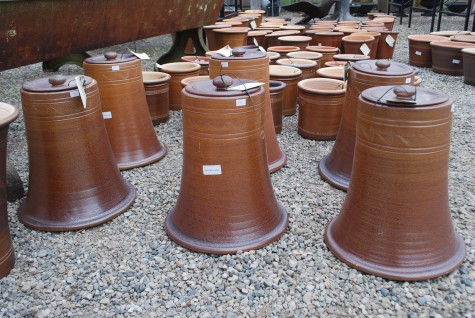 Clean air regulations passed in England in the 1870’s prohibited the production of salt glazed clay in urban areas. Royal Doulton quit producing pots with this glaze as a result. Errington Reay and Co is the only pottery in England currently licensed to produce salt glazed pots. Pictured above, their rhubarb forcers. Placed over an emerging rhubard plant, they limit that plant’s ability to produce chlorophyll-this is known as photosynthesis. Once the rhubarb has produced shoots above ground, the lid of the forcer is removed. The plant grows towards the light, in limited light. This results in more tender rhubarb. They can also be used to blanch asparagus; so called white asparagus is green asparagus grown in the absence of chlorophyll.
Clean air regulations passed in England in the 1870’s prohibited the production of salt glazed clay in urban areas. Royal Doulton quit producing pots with this glaze as a result. Errington Reay and Co is the only pottery in England currently licensed to produce salt glazed pots. Pictured above, their rhubarb forcers. Placed over an emerging rhubard plant, they limit that plant’s ability to produce chlorophyll-this is known as photosynthesis. Once the rhubarb has produced shoots above ground, the lid of the forcer is removed. The plant grows towards the light, in limited light. This results in more tender rhubarb. They can also be used to blanch asparagus; so called white asparagus is green asparagus grown in the absence of chlorophyll.
 These tall pots would be great for any plant needing a long root run-tomatoes, for example. The pale biscuit color of the interior of the pots is just as lovely as the color of the outside
These tall pots would be great for any plant needing a long root run-tomatoes, for example. The pale biscuit color of the interior of the pots is just as lovely as the color of the outside
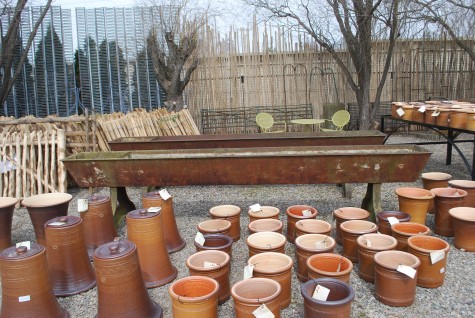 The lot line is full full of these freshly unpacked pots. The pair of horse troughs with their richly rusted surface visually explains everything about the iron oxide in the salt glaze.
The lot line is full full of these freshly unpacked pots. The pair of horse troughs with their richly rusted surface visually explains everything about the iron oxide in the salt glaze.

Errington Reay & Co was founded by Robert Errington and William Reay at Bardon Mill-the site of a water powered woolen mill established in the late 17th century. “Since Victorian times, when it earned its nationwide reputation for high quality sanitary ware, drainage pipes and ornamental pottery for domestic use, Errington Reay has remained a traditional family run pottery. We still only practice traditional ways of hand throwing, hand moulding and casting.” This is just part of what is written on the tag that comes with every pot. We are very pleased indeed to offer them.
